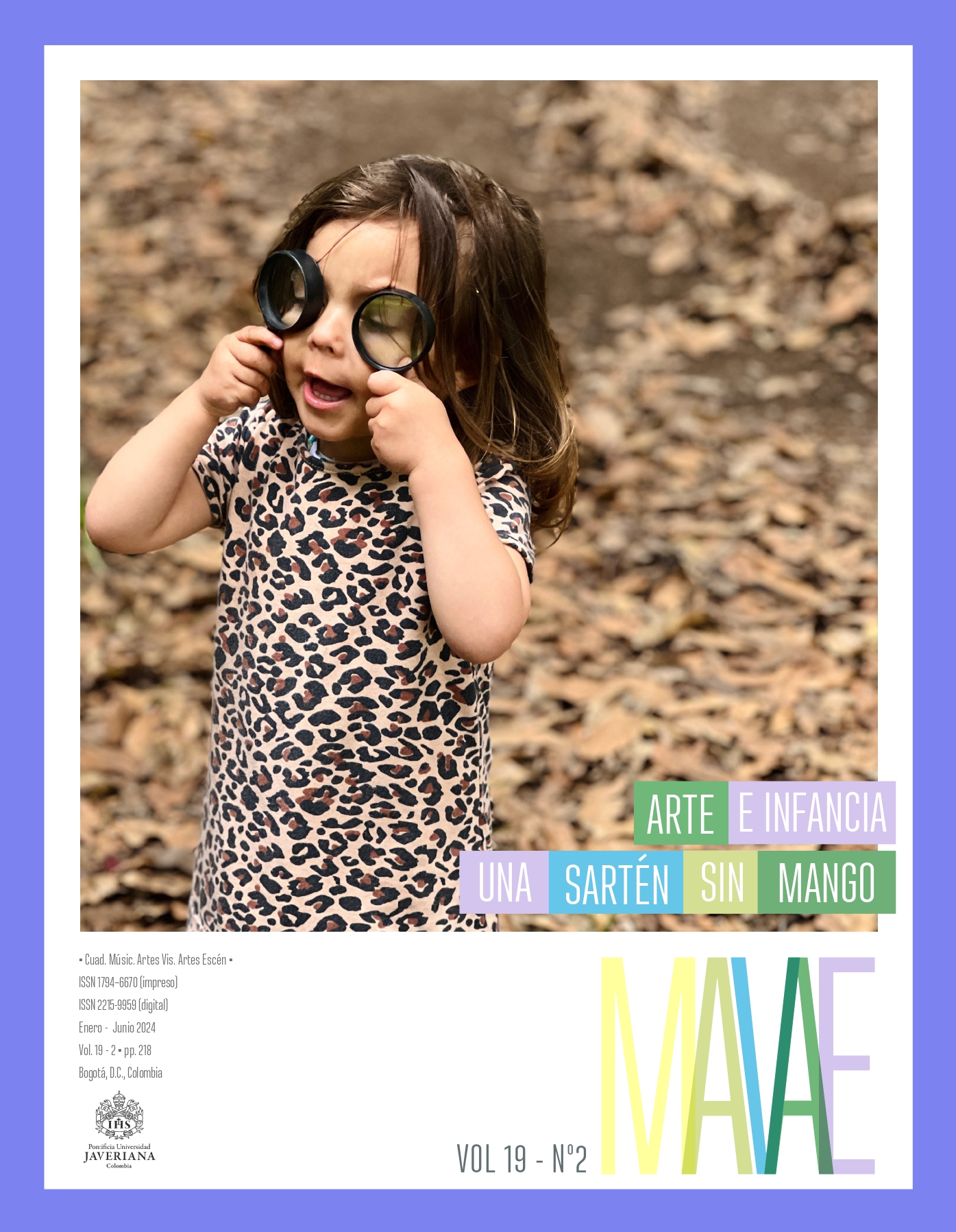Resumen
Este artículo pretende ofrecer algunas lecturas sobre la relación entre la fotografía y la formación de subjetividades en los niños. Específicamente, aborda el corte temporal entre las décadas de 1980 y 1990, con el uso popularizado de la fotografía análoga. En atención a la posibilidad de indagar en los adultos sus memorias de infancia por medio de fotografías, se hace una exploración empírica en torno a las prácticas fotográficas de esta época para identificar en ellas ciertos elementos que pueden considerarse formadores de una subjetividad infantil. Como marco de análisis, se plantean algunos hitos sobre la transformación de ciertas definiciones de la infancia en la sociedad moderna occidental, se desarrolla una perspectiva del concepto de subjetividad y se plantea que posiblemente los niños de la época abordada transitan entre una subjetividad “estatal” y una “mediática”. También se desarrollan algunos argumentos sobre cómo la fotografía y, en general, la cultura mediática es productora de subjetividades. A modo de conclusiones, se sugieren ciertas operaciones adultas en el acto fotográfico que pueden ser constituyentes de una subjetividad infantil; por ejemplo, cierto “reciclaje” de modelos visuales que datan de siglos anteriores, el uso de códigos de vestuario, la articulación con la visualidad escolar, la organización del espacio fotográfico que conlleva instrucciones sobre los cuerpos y las expresividades infantiles, la proyección emocional adulta con las expresiones infantiles y ciertos códigos que instituyen al género femenino en las niñas. Se pretende también abonar a la reflexión sobre las subjetividades de la infancia que se están conformando en la actual producción y circulación de fotografías de niñas y niños en las redes sociales.

Esta obra está bajo una licencia internacional Creative Commons Atribución 4.0.
Derechos de autor 2024 Maya Corredor Romero


